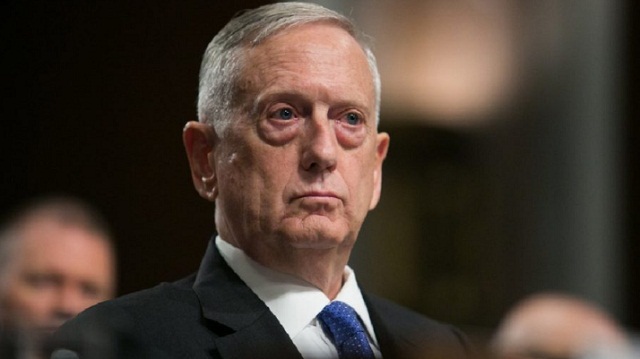
Washington, United States | AFP | Defense Secretary Jim Mattis said Thursday the Pentagon has started tackling the problems that led to a deadly attack in Niger that killed four US soldiers.
Investigators have completed a comprehensive probe into the October 4 incident, and officials are expected to announce its findings in the coming days.
Speaking to the Senate Armed Services Committee, Mattis said several factors contributed to the disaster.
“We have found what we believe to be the crux of the problems — not problem — but problems that contributed to this,” Mattis told lawmakers, saying the final report was 6,300 pages long.
“We know immediately how to address (those problems) and we are doing that right now,” he added.
President Donald Trump last year gave military commanders around the world greater leeway to strike without first seeking approval from Washington, but Mattis said this “delegation of authority” was not an issue in this case.
The Wall Street Journal reported Wednesday that poor training, complacency and a culture of excessive risk were in part to blame for the deaths of the four soldiers.
Citing officials familiar with the report, the Journal said low-level commanders had taken liberties when describing the mission so as to get it approved by higher ups.
The October attack occurred as a unit of American special forces soldiers together with 30 Nigerien troops returned from the village of Tongo Tongo, near the border with Mali.
A day earlier, they had met local officials on what was considered a low-risk mission.
But on October 4, they were ordered to look for Adnan Abu Walid Sahrawi, the leader of a group calling itself the Islamic State in the Greater Sahara, according to multiple US reports.
The troops were clearly unprepared for the scale of the ambush, which saw them attacked by a group of some 50 jihadist fighters equipped with small arms, grenades and trucks mounted with guns.
Video of the attack, captured by a fallen US soldier’s helmet camera, shows them wearing only limited body armor, desperately seeking cover behind an unarmored SUV while coming under heavy fire.
The United States currently has approximately 6,000 troops stationed across Africa, and Mattis said he did not anticipate that number growing much.
“There could be temporary increases as we work with a counterterrorism force in one of the countries that need to be brought up to a higher level of capability,” he said.
 The Independent Uganda: You get the Truth we Pay the Price
The Independent Uganda: You get the Truth we Pay the Price



